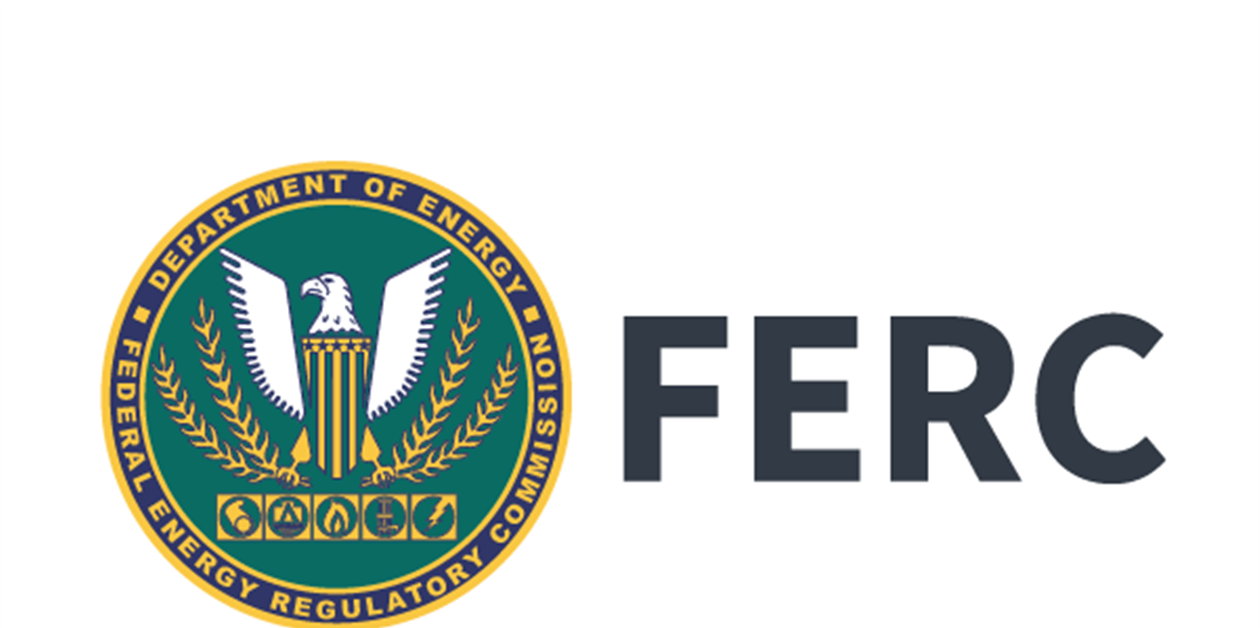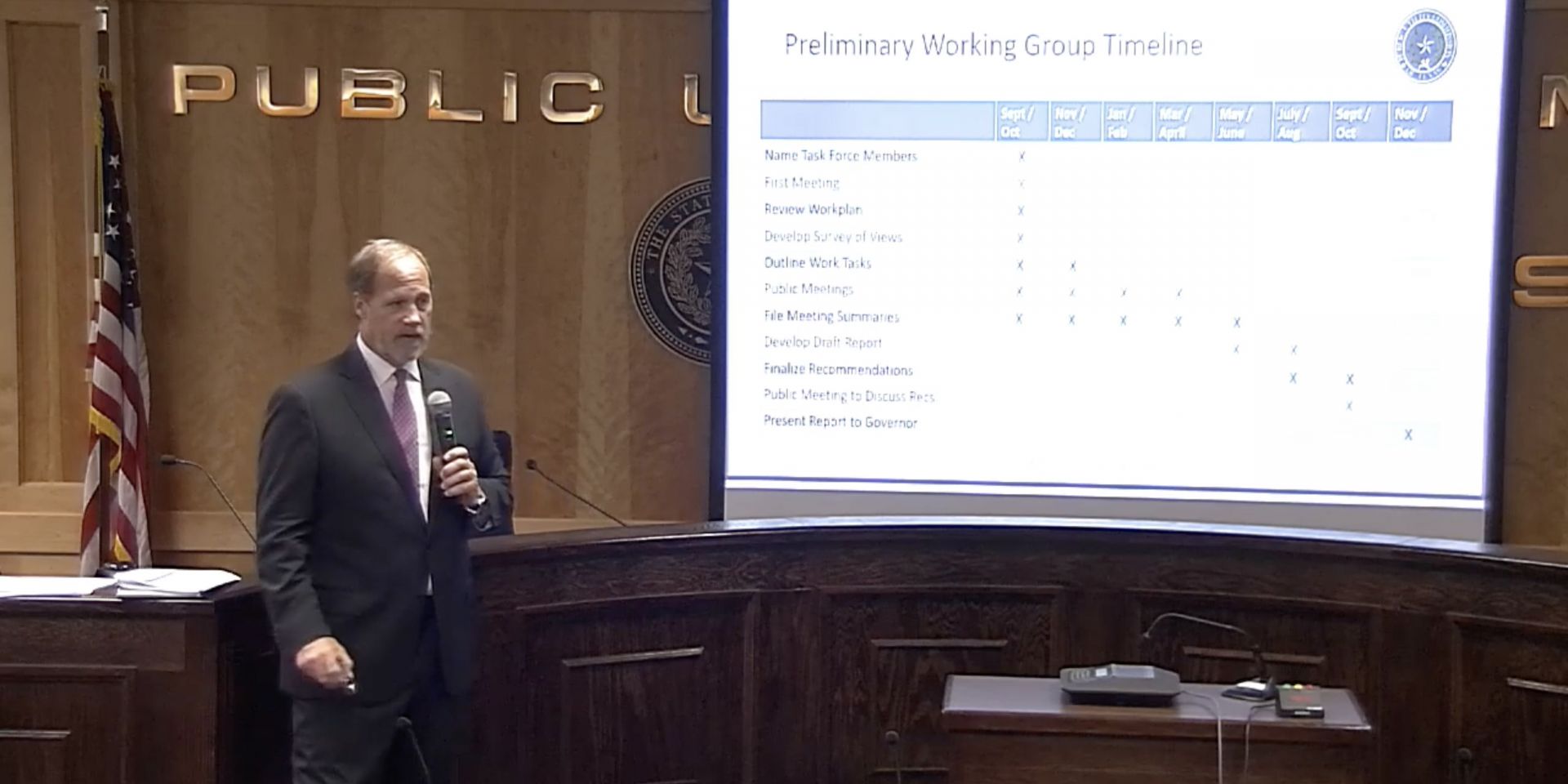PUCT commissioner Jimmy Glotfelty leads the discussion at the Texas Advanced Nuclear Reactor Working Group’s first public meeting, on September 28. (Image: PUCT)
The Texas Advanced Nuclear Reactor Working Group—formed recently by the Public Utility Commission of Texas (PUCT) at the direction of Gov. Greg Abbott—hosted its first public meeting last Thursday to discuss the group’s organizational structure and outline a plan to turn Texas into a national leader in the use of advanced nuclear energy.
From left, Shannon Bragg-Sitton, Paul Chodak, and Michael J. Guastella appear before the Senate Committee on Energy and Natural Resources on November 4.
As Congress awaited key votes yesterday on spending bills that include production tax credits for at-risk plants and a new amendment adding $500 million in supplemental funding over five years to increase the availability of high-assay low-enriched uranium (HALEU), the U.S. Senate Energy and Natural Resources Committee held a Full Committee Hearing On Potential Non-Electric Applications Of Civilian Nuclear Energy. Sen. Joe Manchin (D., W.V.), chairman of the committee, emphasized that “advanced nuclear reactors hold enormous potential to provide opportunity to communities across the country with zero-emission baseload power” and made it clear he expects new reactors to replace retiring coal plants in his home state of West Virginia.
Speaking before the committee were Shannon Bragg-Sitton of Idaho National Laboratory, Paul Chodak III of American Electric Power, and Michael J. Guastella of the Council of Radionuclides and Radiopharmaceuticals.




